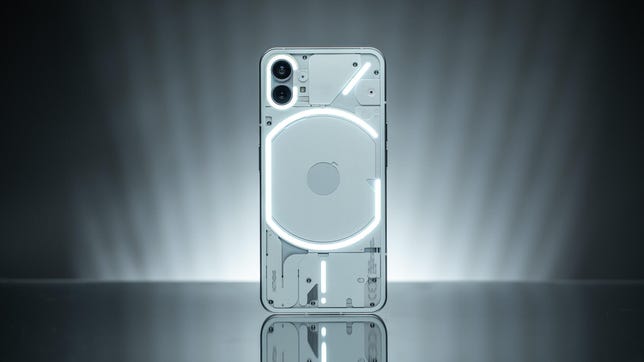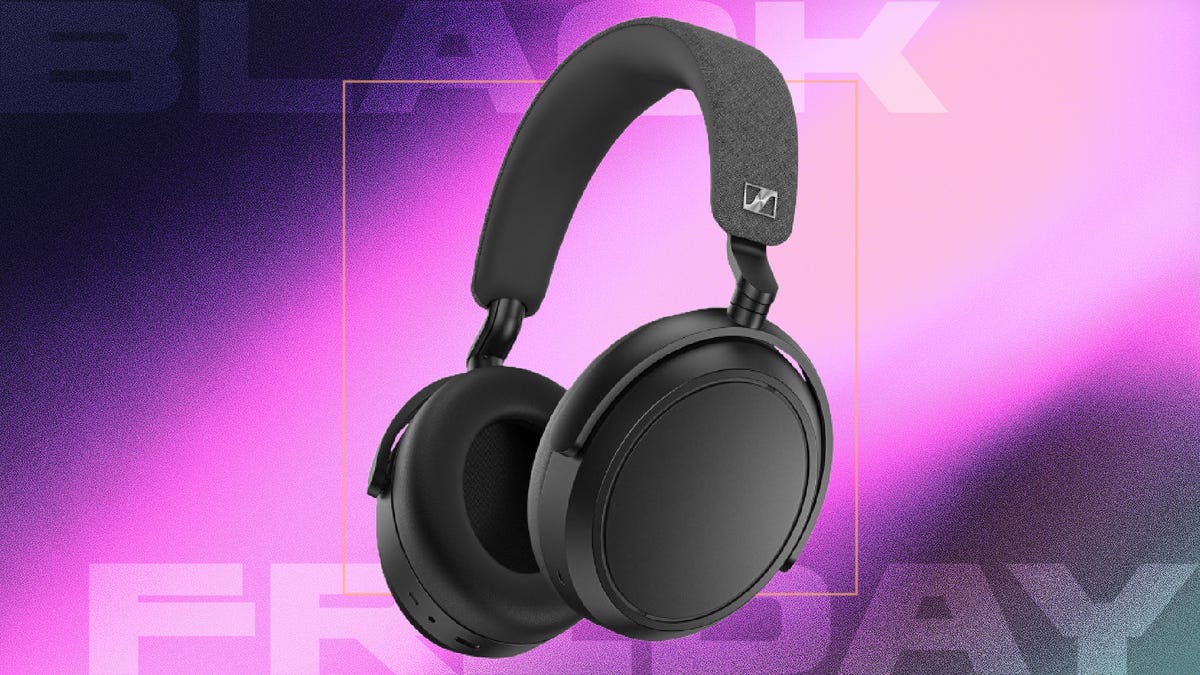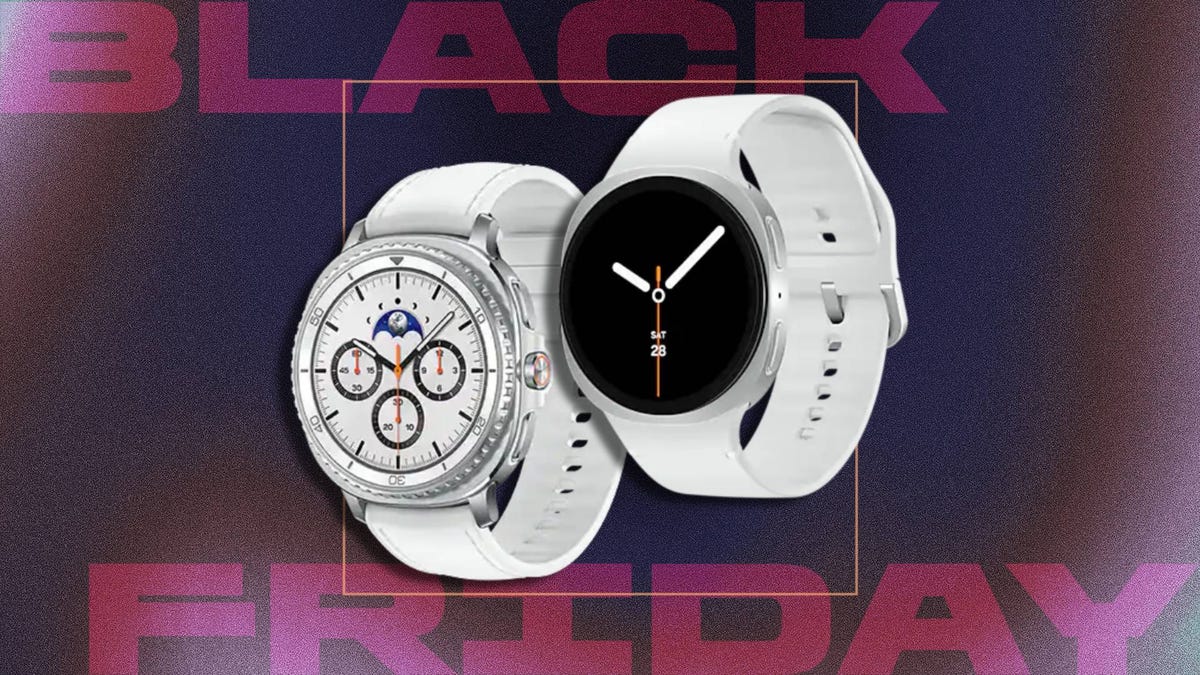Technologies
Best Phones Under $500 for 2022: Feature-Packed, Low Prices
The best phones under $500 still have many of the newer features that you’re looking for.

The best phones under $500 really don’t sacrifice much in comparison to devices with much higher prices. Even better, there’s a lot of competition in this midrange space, making phones in this price range the first you should consider if you’re ready to upgrade or looking for a holiday gift. These phones typically cost between $400 and $500 while offering features like high refresh rate screens, 5G and photography processing software. But prepare for some tradeoffs, such as lower-quality cameras or an older processor.
Even at their lower prices, the best phones under $500 may hit most of the features on your checklist. Looking for a big 6.5-inch screen? Many of these phones have that, or there are also smaller displays if that’s your preference. Need a great camera? You’ll find that in most of these picks. Most of these phones don’t skimp on software updates either, with their makers promising at minimum three years of security updates.
There are some compromises made to keep costs low, and each company takes a different approach to make these cuts less noticeable. Apple’s iPhone SE and Google’s Pixel 6A, for instance, have a smaller screen and older camera setup, yet include new processors and software from these companies. Samsung’s Galaxy A53 has a spacious screen and impressive battery life, although it runs on a less powerful processor than the Galaxy S22. And the Moto G Stylus 5G takes nice photos, provides a roomy 256GB of space and throws in a stylus, but Motorola doesn’t provide software support for as long as its competitors.
Photography and video in particular are areas where these phones priced under $500 take a noticeable hit in comparison to their more expensive counterparts, but photo-processing software should help pick up some of the slack. For instance, while the iPhone SE has a single 12-megapixel camera that does not support night photography, its A15 Bionic chip does allow for Apple’s Deep Fusion processing. It’s a similar situation for the Pixel 6A, which uses a 12-megapixel main camera and a 12-megapixel ultrawide camera, yet can enhance those photos with processing powered by the phone’s Tensor chip.
You can see the pros and cons of each of these phones below, with more details available in our full reviews.
Best phones under $500
How we test phones
CNET tests phones by using them daily and comparing them with competing phones to assess their value. We consider a variety of factors, such as the phone’s screen, cameras, battery life, software, performance, features and ease of use.
For low-priced phones, we make sure these devices consistently work well when used in a number of situations. This includes many day-to-day activities like reading the news, listening to music, watching videos, texting, playing games and multitasking.
We test phone cameras in a range of environments, taking test photos outdoors in the daytime and nighttime, and indoors in darker settings. We use cameras in active environments, like a concert or a sports game, and with a variety of subjects including people, objects and pets. We also test available camera settings, especially those that are rarer in these price ranges such as Night mode and Portrait mode.
These anecdotal phone experiences are also combined with benchmark tests such as Geekbench performance testing and battery testing. We monitor battery life in two ways: By seeing how much power is typically left after a day of normal usage and by seeing how much battery is depleted during a more intensive hour with the phone. For the latter test, we’ll check how the phone’s battery holds up to a series of video calls, gaming, video streaming and web browsing.
Phones under $500 FAQs
Phones under $500 comparison
More phone advice
- Best Android Phone for 2022
- Best MagSafe Accessories for the iPhone
- Best Prepaid Phones for 2022
- Samsung’s Galaxy Phones: Which Should You Buy?
- SIM Card Swap Fraud: What It Is and How to Prevent It
- Best Cheap Phones Under $200: Top Picks and New Budget Phones
- Best iPhone Fast Charger for 2022
- Best iPhone for 2022: Which of Apple’s 8 Phones is Right for You?
Technologies
Give the Gift of Great Sound With Sennheiser Headphones at a 60% Black Friday Discount
The Sennheiser Momentum 4 headphones are now down to a record low price of $179 this Black Friday.

Spending this Black Friday shopping for a holiday gift for an audiophile? With tons of items on sale, there are plenty to chose from. Sennheiser is behind some of the best wireless headphones you can buy, but its headphones can be prohibitively costly.
But for two days only, Woot is running a Black Friday deal that brings the Sennheiser Momentum 4 headphones down to $179 from the original $450 price. The Sennheiser Momentum 4 headphones are for audiophiles who want great quality and comfort. You have to be quick, as this deal ends on Nov. 30, or sooner if supplies run out.
Sennheiser Signature Sound gives you rich, balanced audio, and the companion Smart Control app lets you fine-tune the sound to your liking. Adaptive noise cancellation keeps outside distractions at bay, making these headphones great for work, commuting or just zoning out at home. The battery lasts up to 60 hours at moderate volume, and the voice-calling quality is solid, so you can rely on them for everyday use.
Hey, did you know? CNET Deals texts are free, easy and save you money.
If this style of headphones isn’t your cup of tea, then maybe a pair of the best wireless earbuds will be better suited to your needs. If you’re shopping on a budget, check out our roundups of the best gifts under $100, $50 and $25 to see more great gift-giving ideas.
HEADPHONE DEALS OF THE WEEK
-
$248 (save $152)
-
$170 (save $181)
-
$199 (save $150)
Why this deal matters
This deal surely won’t last. Sennheiser has made a name for itself as one of the best in the audio business, and that’s clear with the Momentum 4 wireless headphones. They offer adaptive noise cancellation, a Bluetooth connection and up to 60 hours of playback. When it comes to comfort and quality, it doesn’t get much better, especially with a discount like this.
Join Our Daily Deals Text Group!
Get hand-picked deals from CNET shopping experts straight to your phone.
By signing up, you confirm you are 16+ and agree to receive recurring marketing messages at the phone number provided. Consent is not a condition of purchase. Reply STOP to unsubscribe. Msg & data rates may apply. View our Privacy Policy and Terms of Use.
Technologies
Samsung’s Galaxy Watch 8 Is Now Just $250 in Multiple Black Friday Sales
The Samsung Galaxy Watch 8 is an even better value with this $100 discount.

The holiday season is here, and while your fitness goals might not be at the front of your mind right now, January is just around the corner. That means resolutions are upon us, so what better time than now to pick up a new smartwatch? You can get your hands on a new Samsung Galaxy Watch 8 while it’s available for a huge $100 off for Black Friday.
Amazon and Best Buy are both selling the Galaxy Watch 8 at the same $250 price. We can’t promise either deal will be around for long.
Samsung’s latest smartwatch packs serious hardware upgrades over it predecessor. It has a vibrant 46mm AMOLED display that shines up to 3,000 nits, along with 2GB of RAM, 64GB of storage, built-in GPS and advanced fitness tools, including sleep coaching and vascular load monitoring. It’s waterproof up to 50 meters and lasts up to 30 hours on a single charge.
CNET expert Vanessa Hand Orellana praised its refined design, detailed health insights and Gemini AI support, noting that it «has nearly every feature I could hope for.» Just remember, some tools work best when paired with the Samsung Galaxy phone.
SMARTWATCH DEALS OF THE WEEK
-
$339 (save $60)
-
$280 (save $70)
-
$300 (save $50)
-
$150 (save $100)
-
$49 (save $30)
Why this deal matters
The Samsung Galaxy Watch 8 packs serious upgrades for the price. With advanced fitness tools, sleep coaching and daily energy tracking, it’s one of the most feature‑rich smartwatches this year. The $250 price represents a new low for the model and includes a 90-day warranty. But with limited stock, it’s a deal worth grabbing quickly.
Join Our Daily Deals Text Group!
Get hand-picked deals from CNET shopping experts straight to your phone.
By signing up, you confirm you are 16+ and agree to receive recurring marketing messages at the phone number provided. Consent is not a condition of purchase. Reply STOP to unsubscribe. Msg & data rates may apply. View our Privacy Policy and Terms of Use.
Technologies
The Black Friday Gaming Deals Are Here. Shop Now and Save Big on PlayStation, Xbox and Alienware
-

 Technologies3 года ago
Technologies3 года agoTech Companies Need to Be Held Accountable for Security, Experts Say
-

 Technologies3 года ago
Technologies3 года agoBest Handheld Game Console in 2023
-

 Technologies3 года ago
Technologies3 года agoTighten Up Your VR Game With the Best Head Straps for Quest 2
-

 Technologies4 года ago
Technologies4 года agoBlack Friday 2021: The best deals on TVs, headphones, kitchenware, and more
-

 Technologies4 года ago
Technologies4 года agoVerum, Wickr and Threema: next generation secured messengers
-

 Technologies4 года ago
Technologies4 года agoGoogle to require vaccinations as Silicon Valley rethinks return-to-office policies
-

 Technologies4 года ago
Technologies4 года agoOlivia Harlan Dekker for Verum Messenger
-

 Technologies4 года ago
Technologies4 года agoiPhone 13 event: How to watch Apple’s big announcement tomorrow
